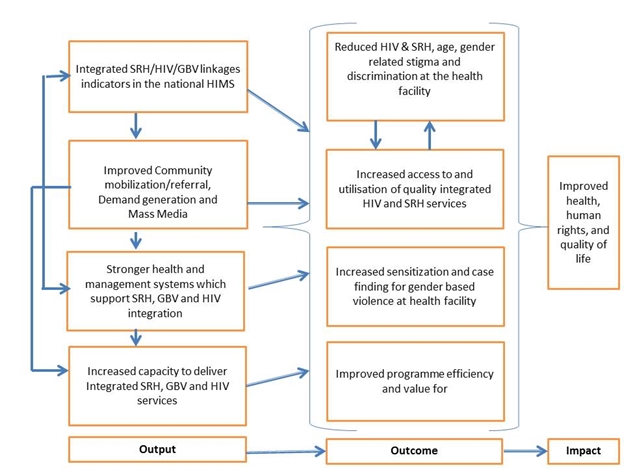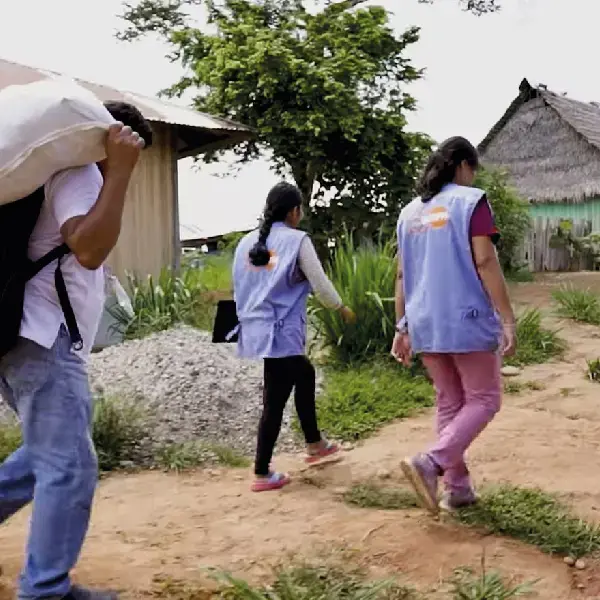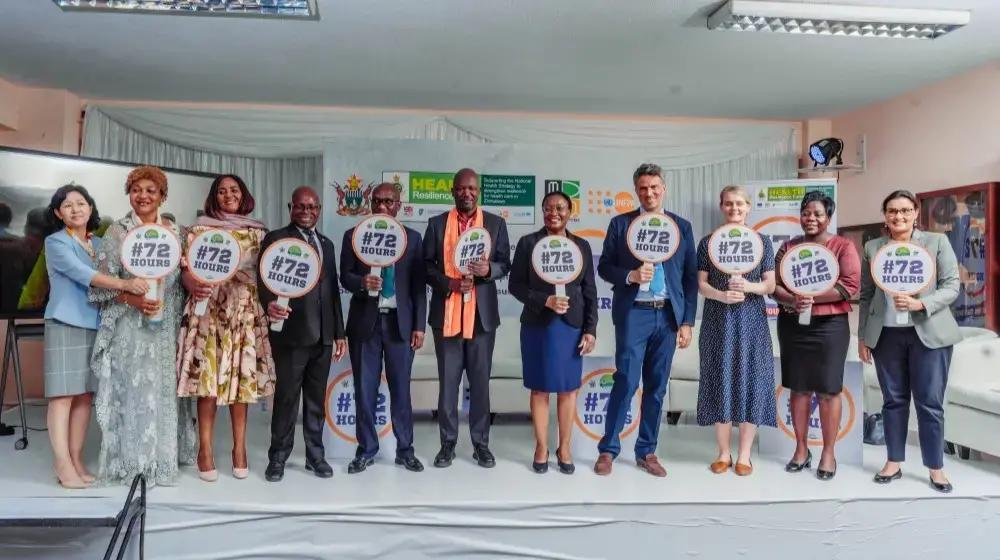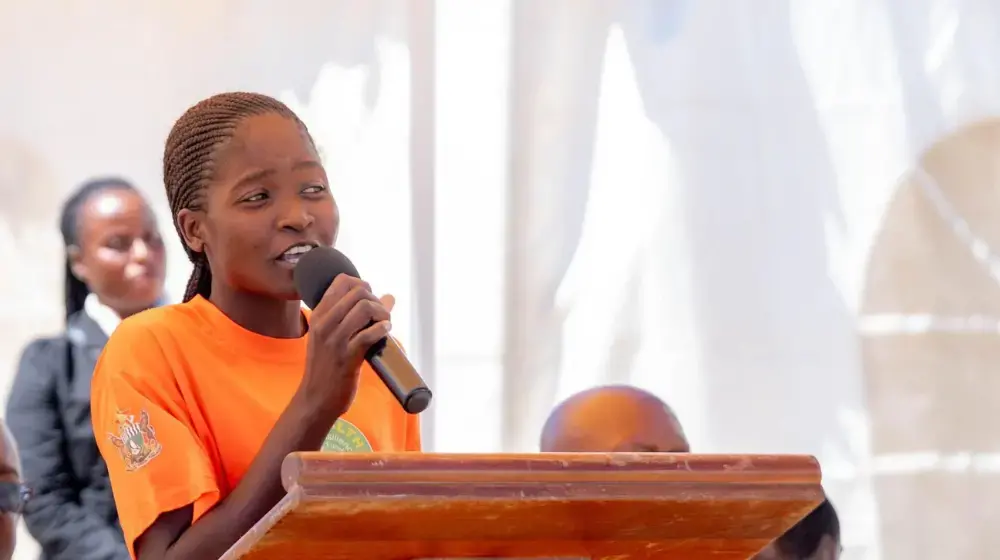The integration of HIV services with sexual and reproductive health (SRH) services is an important part of the global response to HIV and SRH. An integrated approach to the management of HIV and SRH makes good ‘people’ sense as it benefits clients and service providers alike, and is likely to improve efficiency in service provision. The Sexual and Reproductive Health and Rights (SRHR) and HIV Linkages in East and Southern Africa project seeks to make a difference in health service delivery by linking SRHR and HIV at the policy and system levels. It supports the institutionalization of integrated SRH and HIV service delivery strategies and models in 10 countries in East and Southern Africa.
Phase I of the project was carried out in seven countries – Botswana, Lesotho, Malawi, Namibia, Swaziland, Zambia and Zimbabwe. This phase was supported by the European Union (EU) and the Governments of Sweden and Norway with a total of $15 million for the period 2011-2015.
It aimed to promote efficient and effective linkages between HIV and SRHR policies and services as part of strengthening health systems and to increase access to and use of quality services. It also contributed to the goals of universal access to reproductive health (MDGs 3, 4 and 5) and HIV prevention, treatment, care and support (MDG 6).
Phase II of the project, running from 2016-2019, builds on the results of and lessons learned from phase I. Phase II extends to three further countries – Kenya, South Africa and Uganda, taking the number to ten.
Results from phase I have shown that the integrated services model promoted in the project leads to improvements in service uptake. Examples of this are an increase in the number of people accessing family planning (FP), HIV and other SRHR services; increased uptake of HIV testing and counselling (HTC) and anti-retroviral treatment (ART) when needed; increased coverage of prevention of mother-to-child transmission (PMTCT), in particular the number of newborns screened for HIV; and, increased number of women and girls screened for cervical cancer.
The purpose of phase II of the project is to institutionalize the provision of a minimum package of integrated, non-discriminatory SRH and HIV services in 10 ESA countries by 2019. In at least 3 countries, this will include GBV services as part of the minimum package.
How are we planning to achieve this?
The SRH-HIV Linkages project is run jointly by UNAIDS and UNFPA. The main focus is on service delivery and at policy level, the overall objective being to offer quality services to all people. The project work is based on the Theory of Change adapted from the work by the Inter-Agency Working Group on SRH and HIV Linkages. The IAWG has provided tools to support this change process.

In phase II, integration will focus on national health and broader development strategies, plans and budget, as well as catalytic action to strengthen the health systems. Community mobilization has been identified as central to the successful operation of the project and features in the project scope of in many of the countries.
More emphasis is placed on ‘institutionalizing’ integrated services and the closing of remaining gaps in accessibility and uptake. Efforts for the elimination of stigma and discrimination are up-scaled. Creation of enabling environments for the integration of gender-based violence (GBV) response in health services is the focus, as well as engaging more communities to promote and protect reproductive rights. Phase II also emphasizes the expansion of modalities and entry points for increased access to and uptake of integrated programmes, and increased efforts to demonstrate value for money.
The scope of the project differs from country to country, which shows the catalytic nature of the project. Work on national scale up has been initiated in Botswana and Swaziland, while Malawi, Namibia and Zimbabwe are preparing for district level scale up, and Lesotho and Zambia are working on strengthening their pilot sites. Kenya, South Africa and Uganda are to take part in the project, making it 10 countries overall. Additional ESA countries, such as Tanzania and Mozambique, are offered project resources and regional engagement (Regional Economic Communities or RECs, and the African Union) will be expanded in the scope of the project.
Lessons learnt from phase I are taken aboard in phase II. It was noted that the project is feasible: it strengthens health systems via SoPs, equipment and drug management, HMIS, and health-care worker (HCW) capacity building. A high level of political and technical buy-in ensure the project is accepted easily. Studies also show improved client satisfaction at the model sites. The SRH-HIV Linkages integrated model is effective and has increased access to and use of HIV-SRH services. The project improves efficiency in productivity as well as cost-benefits for clients. Partnerships on the project are strong in public and non-governmental sectors as well as in communities.
The project is managed by UNFPA’s East and Southern Africa Regional Office (ESARO) in close collaboration with UNAIDS RST, which leads on the strategic information component. Ministries of Health have spearheaded the project in the countries supported by UNAIDS, UNFPA and other relevant technical partners, including civil society organizations, some of which are implementing partners in the project.
For more detailed information, click here.








